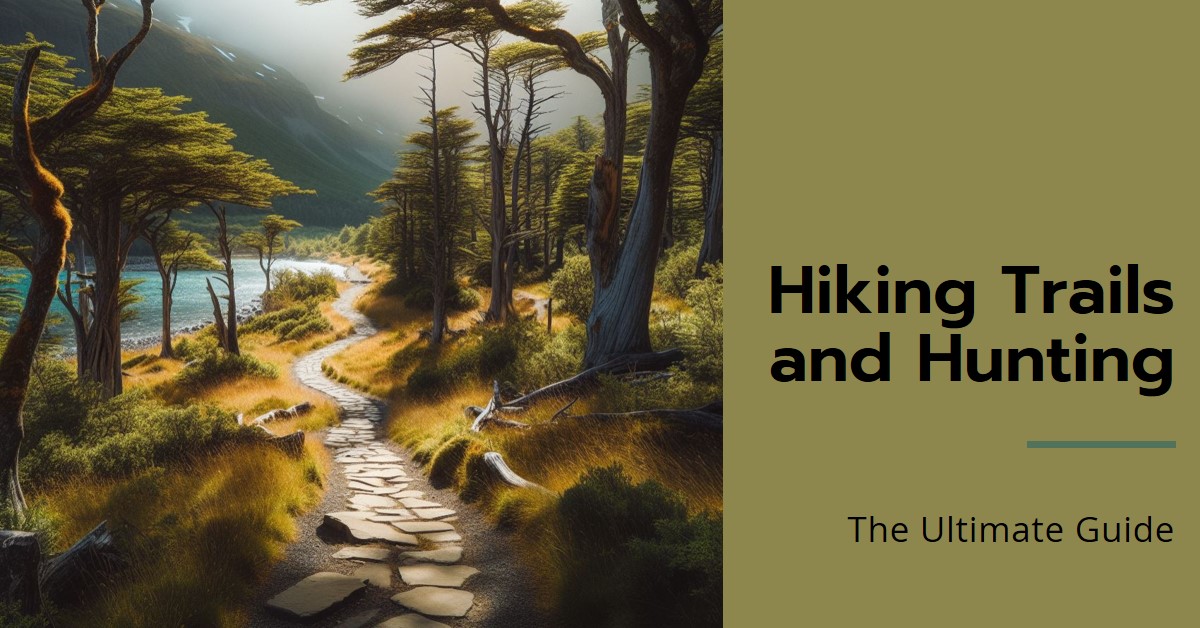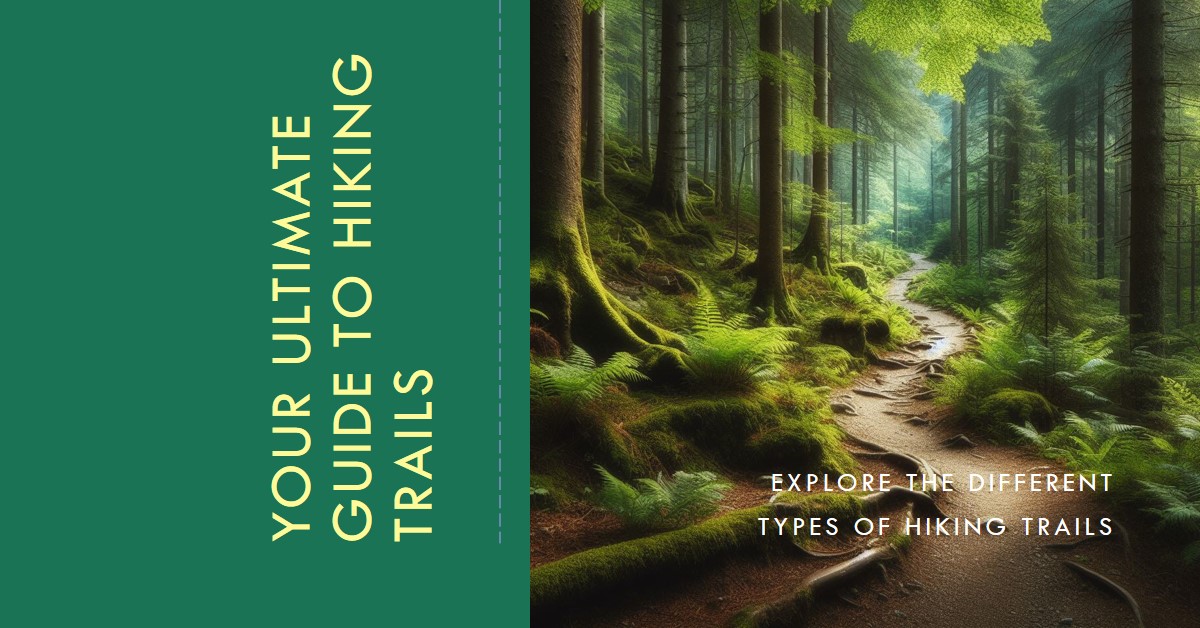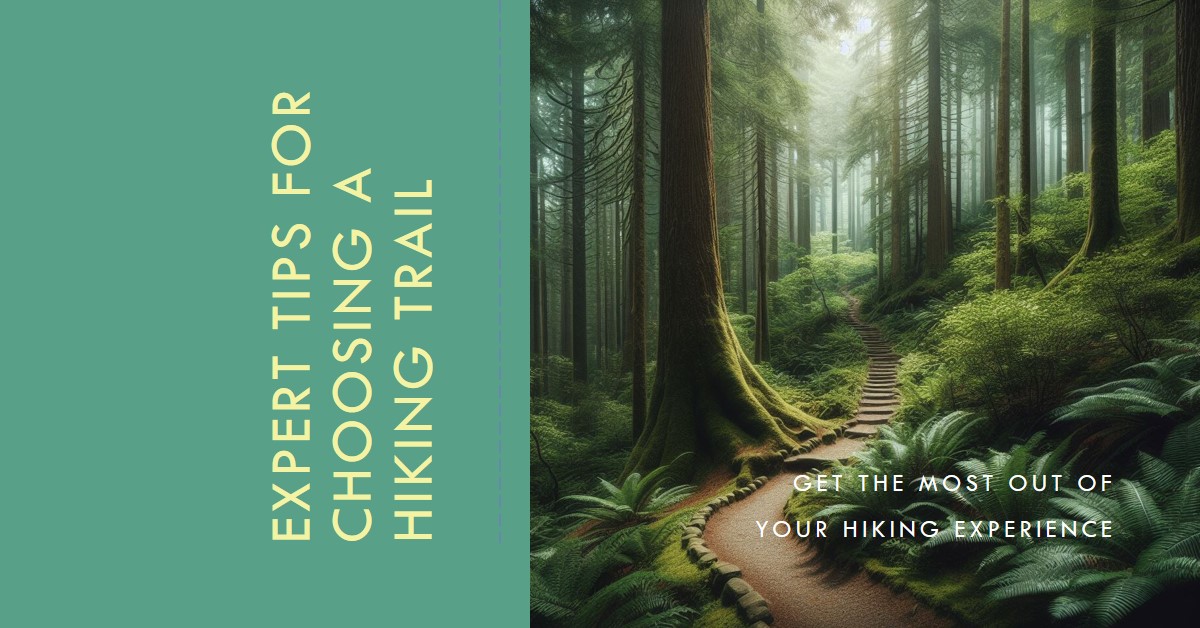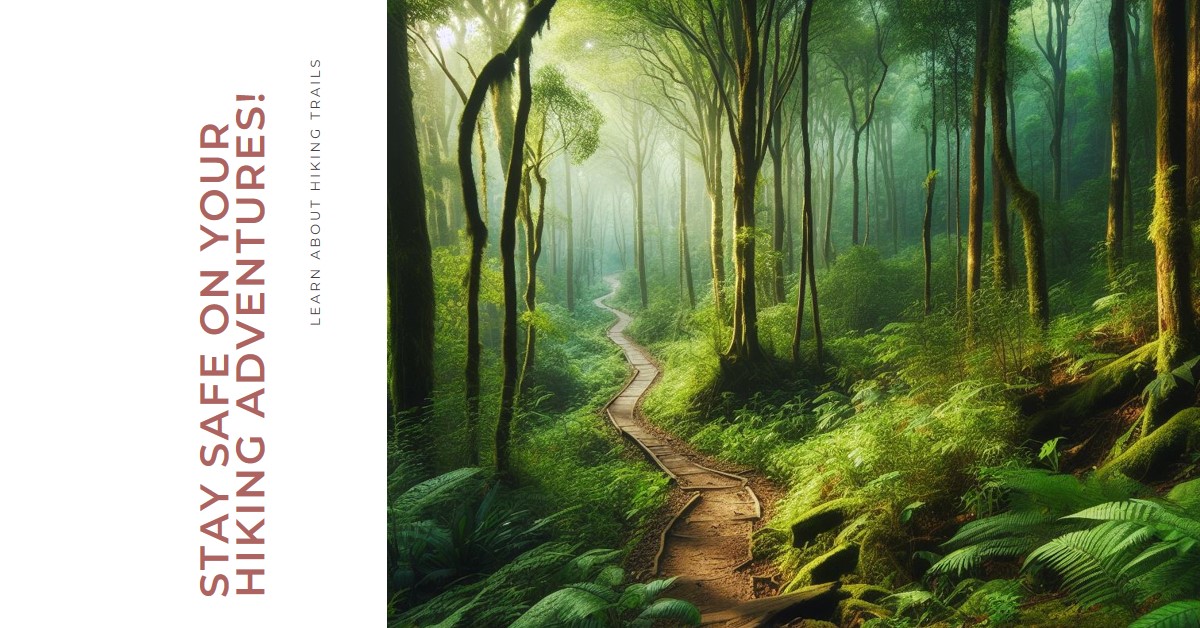Table of Contents
Embarking on a Wilderness Adventure: Unpacking the Possibilities of Camping on Hiking Trails
Imagine the exhilarating adventure of setting up your tent on the very trail that youre hiking. PIcture the unobstructed views of wilderness, the tranquility, the freedom. But is it possible to do so, or better still, allowed? Although primarily designated for hiking, some trails could have specific zones where camping is permitted. To avoid unnecessary confusion or legal trouble, always touch base with the local park rangers or authority for official guidelines and regulations.
As an adventurer, you might be lucky to find exceptions where dispersed or backcountry camping is permitted, given the condition that you’ve obtained the applicable permits. An unwritten rule stays – always do your research. After all, safe and pleasant camp experiences are a direct result of meticulous research and planning.
Decoding the Intricacies of Choosing the Right Campsite
While enamored with the idea of camping on hiking trails, the right campsite choice can significantly affect your camping experience. It generally isn’t adviseable to camp on hiking trails due to safety and conservation reasons. It is often more effective and secure to opt for designated campgrounds.
Factors Considered While Pinpointing the Perfect Campsite
Various factors play crucial roles when selecting a campsite. Topping the list is respect for the environment mirrored through the Leave No Trace principles. This guideline stresses on preserving the environment by leaving the campsite as camper’s found it, minimizing the impact on vegetation, and maintaining wildlife mindfulness.
Moreover, security features at the desired campsite also hold considerable weightage. Flat terrain, suitable distance from potentially hazardous areas, and ample space for a tent setup generally count as desirable features. Traceability to water sources and accessibility to bathrooms or fire rings further enhance a campsite’s appeal.
By considering these aspects, you improve teh odds of a fulfilling and safe camping adventure on those coveted hiking trails. Additionally, always strive to leave the campsite in a better state then you found it.
Deciphering Trail Regulations and Permit Requirements for Camping
It’s paramount to understand trail regulations and permits required for a stress-free camping experience. While most trails are specific for hiking, some might offer designated camping spots. Rendering detailed attention to trail rules, stay limitations, and associated fees can go a long way in ensuring your compliance with the governing bodies.
Trail Regulations Research Before Camping:
Before setting foot on your hiking trail for camping, deep-dive into the trail regulations. It is crucial to understand the rules and limitations associated with camping on individual trails. Visit the trail’s official website or reach out to the trail management for in-depth insights into camping permits, costs and possible restrictions.
Permission request procedure:
Once your familiar with the trail rules, check the permit requirements. You may need a permit to camp, especially in nature reserves or highly sought-after areas. Follow the guidelines of park authorities and submit your application in advance.
Understand camping and trail restrictions:
Finally, recognize the limitations associated with trail camping, including camping guidelines, designated camping areas, length of stay limits, and campfire and waste disposal regulations. Adhering to these rules ensures minimal damage to the environment and ensures an enjoyable camping experience for everyone.
Diversify your camping experiences with different types of hiking trail campsites
Hiking trails offer numerous camping options, ranging from dispersed camping, tent camping, backpacking, and glamping. These options allow you to experience nature your way, embracing the thrill of a deep forest adventure or the luxury of glamping.
Understanding the beauty of dispersed camping:
Dispersed camping, also called wild camping or backcountry camping, offers a unique opportunity for those seeking solitude. Despite the potential challenges and responsibilities, the freedom to choose your campsite and immerse yourself in the pure beauty of nature makes dispersed camping an enriching experience.
If the thrill of hiking hiking combined with the comfort of luxury camping is your thing, then glamping may suit your style. Glamping sites on hiking trails offer first-class accommodation with comfortable beds and kitchen facilities, seamlessly combining opulence with outdoor camping.
Trail Camping FAQs
Although trail camping can provide unique experiences, questions and concerns may arise. Let’s answer some frequently asked questions like ‘Is camping while hiking feasible?’ :
The short answer is “No” in most cases. Most trails are intended for hiking only. If in doubt, it is always best to contact local park rangers or park authorities.
Create an unforgettable adventure in nature by camping on hiking trails
Camping along a hiking trail can be the perfect combination of a challenging hike and a peaceful retreat, lying under the stars, resonating with nature. As a camping enthusiast, always be sure to comply with each park’s unique rules and regulations. So put on your hiking boots, pack your tent and embark on your next wildlife adventure, leaving no stone unturned to preserve the integrity of our natural environment. Nice trails and happy camping!














